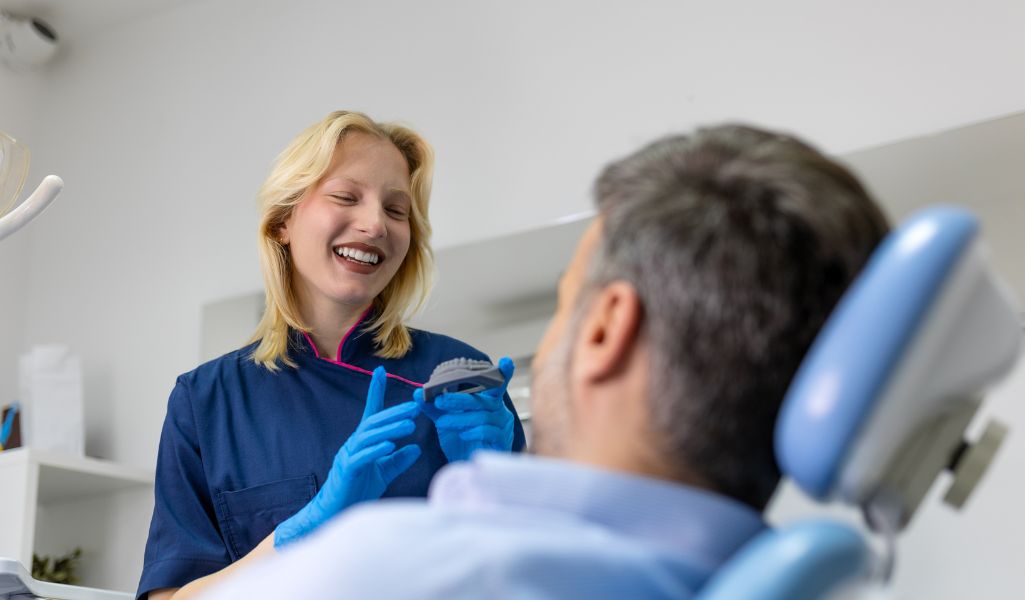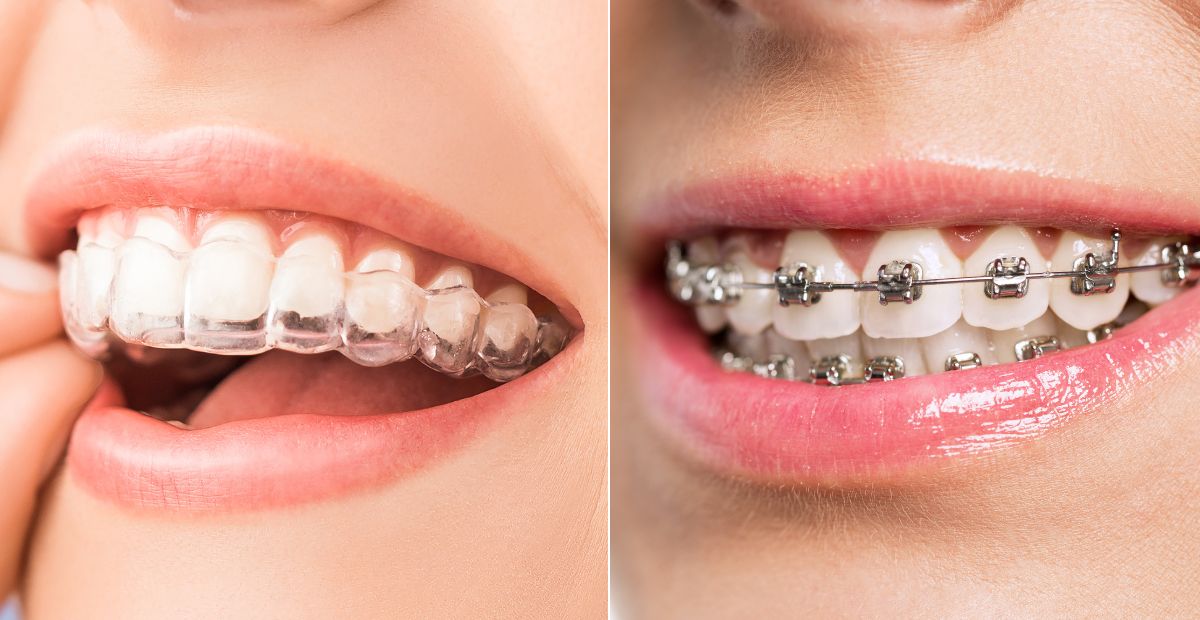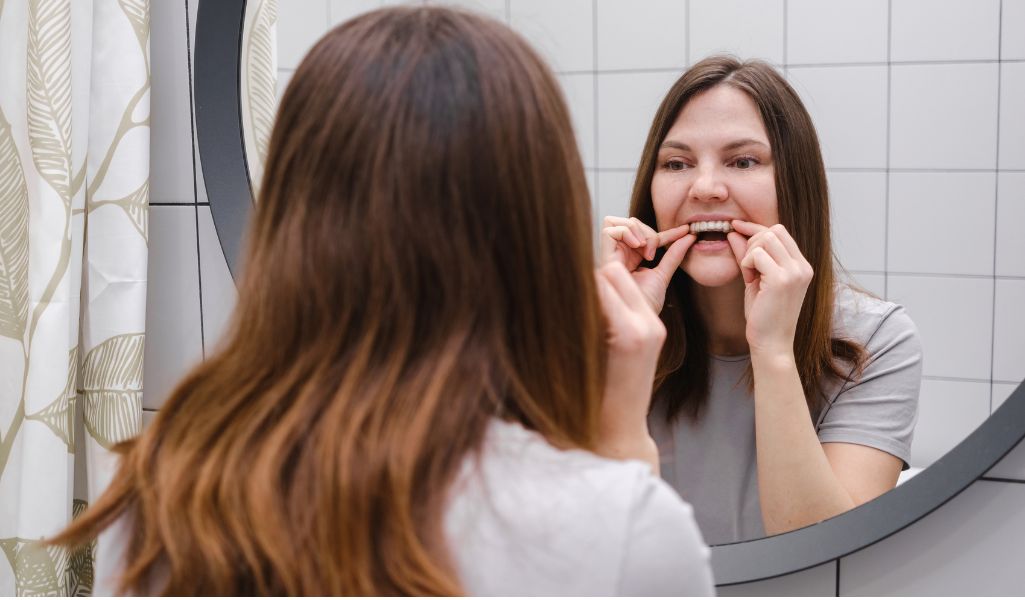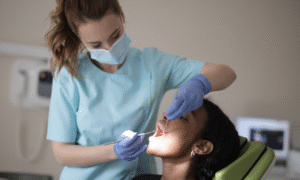Having a straight smile is something many people dream of, but choosing the right way to get there can be tricky. Two of the most popular options for straightening teeth are Invisalign and traditional braces. Both have their pros and cons, and which one is best for you depends on your needs, budget, and lifestyle. In this blog, we’ll help you understand the difference between Invisalign and braces so you can choose the best option for your smile.
Invisalign is a modern way of straightening teeth using clear, removable aligners. These aligners are made from smooth plastic and are almost invisible, so they’re a great option if you don’t want to wear something that stands out.
Braces, on the other hand, are the traditional way of straightening teeth. They consist of metal brackets, wires, and sometimes rubber bands. Braces can be made of metal, ceramic (clear), or even placed behind the teeth (lingual braces), depending on the type you choose.
If you don’t want your treatment to be noticeable, Invisalign is a great choice. The clear aligners are hard to see, so most people won’t even know you’re wearing them. This makes them a favourite among teens and adults who prefer a discreet treatment option.
Braces consist of metal brackets and wires that are more noticeable, which some people may find unappealing. However, there are clear braces or ceramic braces that blend in better than regular metal braces. Lingual braces are placed behind your teeth, making them even less noticeable, but they can be a little more expensive.
Since Invisalign aligners are made from smooth plastic, they are generally more comfortable than braces. They are smooth and don’t have sharp edges like metal braces
Braces can cause irritation to the inside of your mouth, especially when the wires are adjusted.
However, Invisalign aligners must be worn for at least 20-22 hours a day. If you're someone who forgets to wear their aligners, braces might be a better option because they are fixed and can’t be removed.
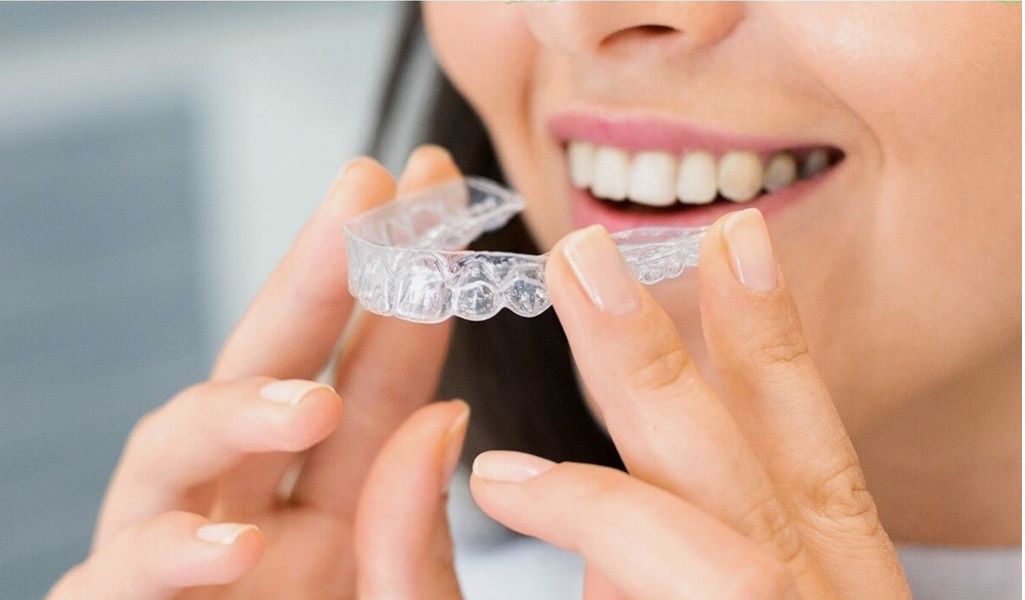
One of the big benefits of Invisalign is that the aligners can be taken out when you eat or drink, which makes it easier to keep your teeth clean. You can also brush and floss your teeth normally, without worrying about food getting stuck in braces.
On the other hand, braces can be a little harder to clean. You have to be extra careful to brush around the brackets and wires, and you might need special tools to floss.
Invisalign treatment typically takes less time than traditional braces, with a minimum duration of 4 to 6 months. It is also suitable for a wide range of cases, not just mild ones, and can effectively address complex teeth alignment issues (we have successfully treated several complex cases using Invisalign).
After your treatment with either Invisalign or braces, you will need to wear a retainer to keep your teeth in place. Without a retainer, your teeth may shift back over time.
With Invisalign, you’ll likely get a clear retainer for teeth to wear at night. With braces, you may get a Hawley retainer (a plastic one with a metal wire) or an Essix retainer (similar to an Invisalign aligner).
In some cases, people may need a permanent retainer, which is a wire fixed behind the teeth. This is more common for people who had braces, especially if they had a lot of shifting or had complex issues like overbite teeth or teeth crowding.
Invisalign is especially great for adults or teens who don’t want their treatment to be visible. Invisalign can fix problems like gaps in teeth, crowding, and slightly crooked teeth.
Braces, however, are better for people with more serious dental problems, such as severe overbite, crossbite, or deep bite
With Invisalign, there are no food restrictions since the aligners can be removed while eating. You can enjoy all your favorite foods without worry.
Traditional braces, however, come with dietary restrictions, as sticky or hard foods can damage the brackets and wires.
Both Invisalign and braces are effective at straightening teeth, but they each come with different benefits. Invisalign is perfect for those who want a discreet, comfortable, and flexible treatment.
